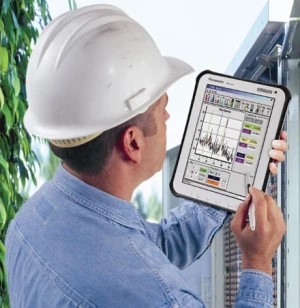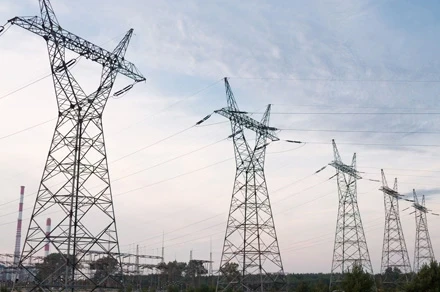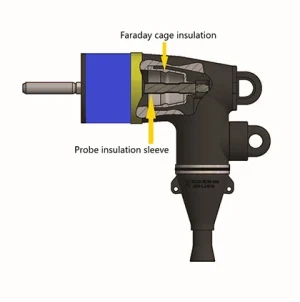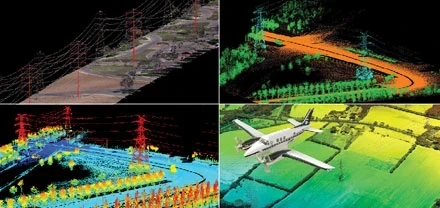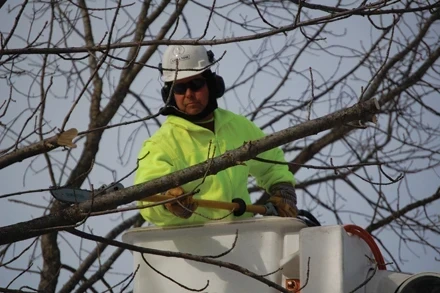Smart Grid and Aging Infrastructure
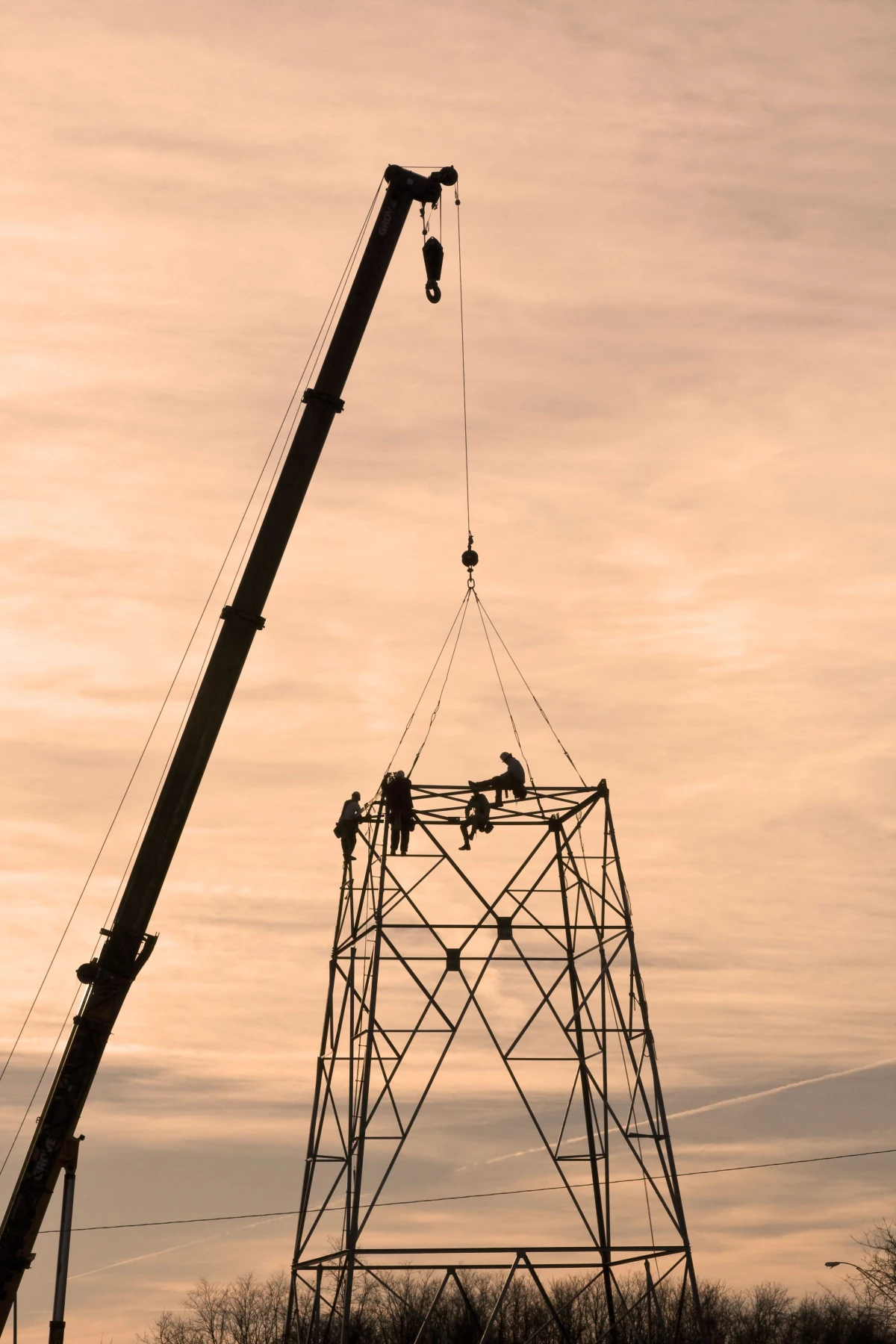
Why technologies are important to grid modernization
BY MANI VADARI, Modern Grid Solutions
Electricity is one of the cornerstones of our economy. A modern electric grid is critical for our economic and national security. The National Academy of Engineering has called the North American power grid the “supreme engineering achievement of the 20th century”. Today’s power grid was designed to deal with a power delivery paradigm that we are slowly moving away from. The grid was designed for a one-way flow of energy from large centralized sources of supply to large and somewhat distributed locations of consumption. It was also designed for a demand-following dispatch paradigm in which demand changed independently and was followed by supply making all the adjustments. However, this conventional system is quickly becoming obsolete.
As we move into the second decade of the 21st century, new stresses and requirements are emerging such as increasing demand, increased prevalence of power-guzzling electric vehicles (EV), growing prevalence of distributed generation (DG), and complex loads from electronic components.
These changes are forcing grid operators to seek new ways to augment the grid not only to distribute, but also to receive power from feeders, laterals, and far-off circuits. Also, new technologies that are plugged into the grid, in addition to new system requirements, continue to increase the stress on already fully-loaded feeders and low-voltage transformers. Much of the aforementioned stresses are also hitting the transmission infrastructure as large wind farms with reduced capacity factors are setting new expectations in terms of transmission availability.
So, with all these realities factored into one equation, two questions need to be answered. Is an aging infrastructure inhibiting Smart Grid growth? Or, is the Smart Grid necessary for utilities and regulators to overcome the previously-mentioned grid deficiencies? This feature tackles the Smart Grid and aging infrastructure and how Smart Grid technologies are essential to grid modernization.
STATE OF NORTH AMERICAN GRID INFRASTRUCTURE The current grid is a century-old infrastructure which includes a combination of electro-mechanical devices of yesterday and a sprinkling of modern digital technology. Here are a few key facts from the U.S. federal government (Department of Energy, National Energy Technology Laboratory, and the Energy Information Administration).

